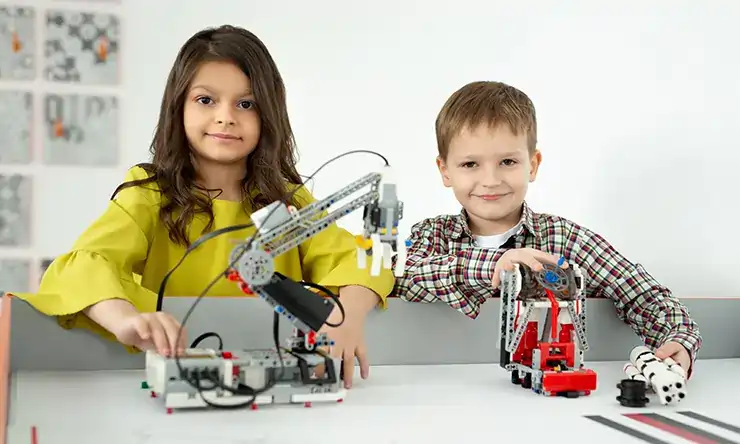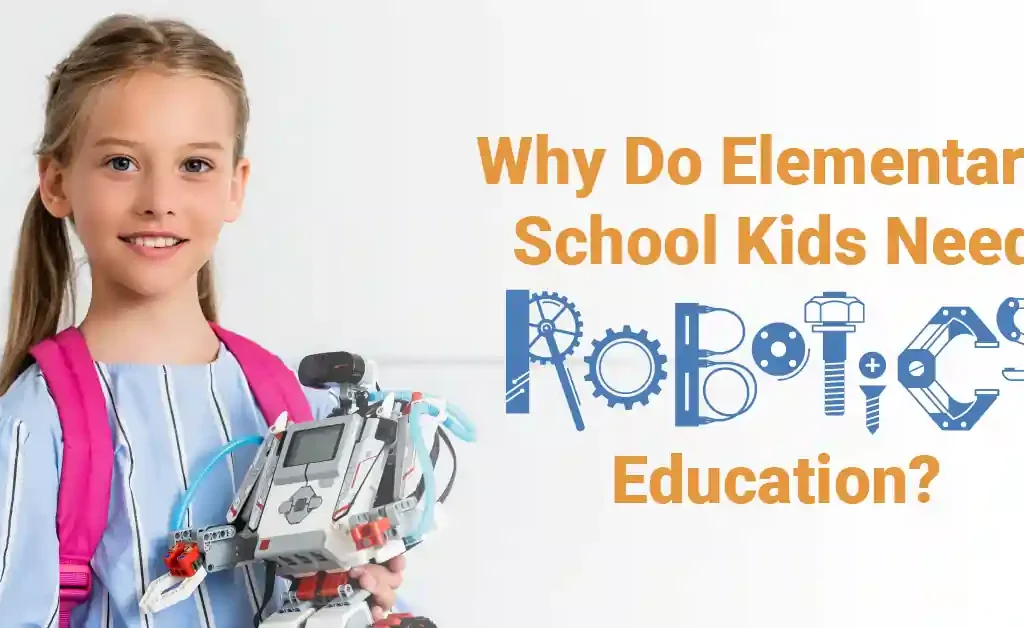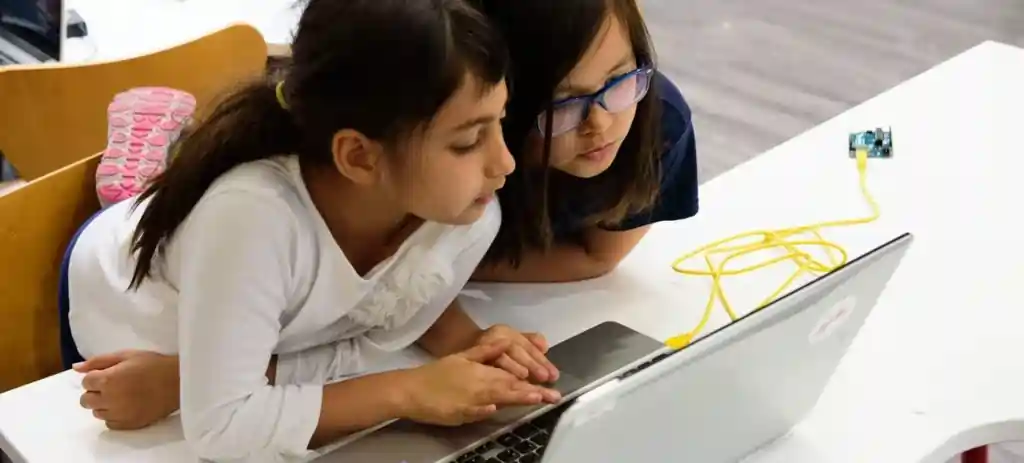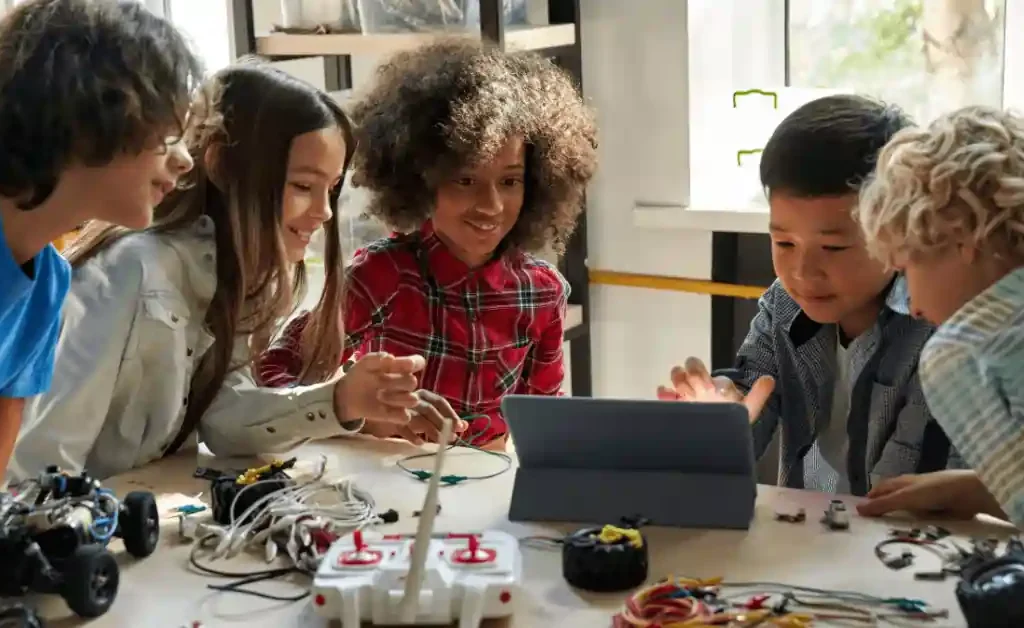Robotics is a captivating field that merges technology, creativity, and problem-solving, making it an ideal avenue for Robotics for Kids to explore. In recent years, the integration of robotics in education has gained immense popularity, offering children an engaging platform to learn, experiment, and develop critical skills. This comprehensive guide aims to explore the benefits, educational aspects, and resources available for kids interested in robotics.

Why Robotics for Kids?
Engaging Learning Experience
Robotics serves as a gateway to hands-on learning, enabling children to bridge theoretical knowledge with practical applications. By engaging in building, programming, and controlling robots, kids not only immerse themselves in a fun and interactive experience but also develop a profound comprehension of science, technology, engineering, and mathematics (STEM) concepts. This dynamic approach cultivates a deeper understanding, making learning an engaging adventure.
Develops Critical Skills Robotics for Kids
Engaging in robotics nurtures an array of vital skills pivotal for future achievements. Skills such as problem-solving, critical thinking, creativity, and collaboration flourish as children delve into designing, coding, and troubleshooting robots. Notably, these skills transcend disciplines and careers, proving immensely transferable and invaluable in various professional avenues.

Prepares for the Future
In an era driven by technology advancements, the familiarity with robotics and automation becomes increasingly advantageous. Consequently, exposure to robotics at a young age not only prepares kids for the evolving job landscape but also instills confidence in navigating advanced technologies. This early exposure lays a robust foundation for embracing future innovations and challenges seamlessly.
Educational Aspects of for Robotics for Kids

Hands-On Learning
Hands-on experience stands as the cornerstone of robotics education, fostering practical learning and skill development. Kits and platforms specifically designed for kids, such as LEGO Mindstorms and Dash and Dot robots, offer accessible tools for constructing and programming robots. These kits frequently include intuitive software interfaces, effectively streamlining the learning curve, particularly for beginners. This seamless integration of hardware and user-friendly interfaces empowers children to delve into robotics with ease and enthusiasm.
Programming Skills for Robotics for Kids
Mastering programming languages like Scratch, Blockly, or Python, designed to suit children’s comprehension levels, forms a cornerstone of robotics education. These languages empower kids to craft code, regulate robot movements, and tackle challenges algorithmically. Consequently, they acquire invaluable skills while exploring the fascinating realm of robotics.

Problem-Solving Challenges
Robotics competitions and challenges, such as FIRST LEGO League or VEX Robotics competitions, offer a platform for kids to test their skills. These events encourage teamwork, creativity, and innovation while solving real-world problems through robotics.
Integration with School Curriculum
Numerous educational institutions worldwide are integrating robotics seamlessly into their curriculum. By infusing it into subjects such as science, math, and technology, these institutions create a well-rounded learning experience. This integration not only reinforces theoretical concepts but also amplifies their practical application. Consequently, students gain a comprehensive understanding of the subject matter while honing their hands-on skills in robotics.
Resources for Kids Interested in Robotics
Online Platforms and Courses
Numerous online platforms, such as Code.org, Khan Academy, and Tinkercad, offer free or affordable robotics courses suitable for various age groups. These platforms provide interactive lessons, tutorials, and challenges to engage kids in learning robotics from anywhere.
Robotics Kits and Toys
A plethora of robotics kits and toys cater to diverse ages and skill levels in the market. Renowned brands such as LEGO, Makeblock, and Ozobot provide kits equipped with step-by-step instructions. These resources empower children to construct and program their robots, fostering both creativity and technical expertise.
for Robotics for Kids Clubs and Camps
Engaging in robotics clubs or attending dedicated camps creates a rich, collaborative learning space. Here, children benefit from mentorship, fostering their skills through guidance. Moreover, these environments encourage teamwork, nurturing a sense of camaraderie among participants. Additionally, they grant access to advanced robotics technologies, enriching the learning experience further.

Books and Educational Materials
Books tailored for kids intrigued by robotics offer valuable insights into the field. Titles like “Robotics: Discover the Science and Technology of the Future” by Kathy Ceceri or “Hello Ruby: Adventures in Coding” by Linda Liukas introduce concepts in an engaging manner. Additionally, these resources provide an educational foundation, infusing excitement into learning. Furthermore, transitioning from theoretical knowledge to hands-on application, they seamlessly complement practical robotics exploration.
Conclusion
Robotics presents a dynamic and stimulating pathway for kids to explore the realms of technology and innovation. By embracing robotics education, children not only acquire technical skills but also cultivate crucial life skills essential for their future endeavors. Through hands-on learning experiences, problem-solving challenges, and access to diverse resources, kids can embark on an exciting journey into the captivating world of robotics.
FAQ’s Robotics for Kids
- What age is appropriate for kids to start learning robotics? Kids as young as 5 or 6 can start with simplified robotics kits, while more complex concepts suit those aged 8 and above.
- Do kids need prior knowledge of programming or electronics? No, beginner-friendly kits and tutorials cater to those without prior experience.
- How can robotics benefit a child’s education? It promotes skills like problem-solving, critical thinking, and STEM understanding.
- Are there safety considerations for kids in robotics? Supervision is recommended, especially with small parts or tools.
- How can parents support their children’s interest in robotics? Encourage curiosity, provide access to kits/courses, and engage in discussions about real-world applications.
- Are there future career opportunities in robotics for kids? Yes, robotics offers paths in engineering, AI, programming, and more.
